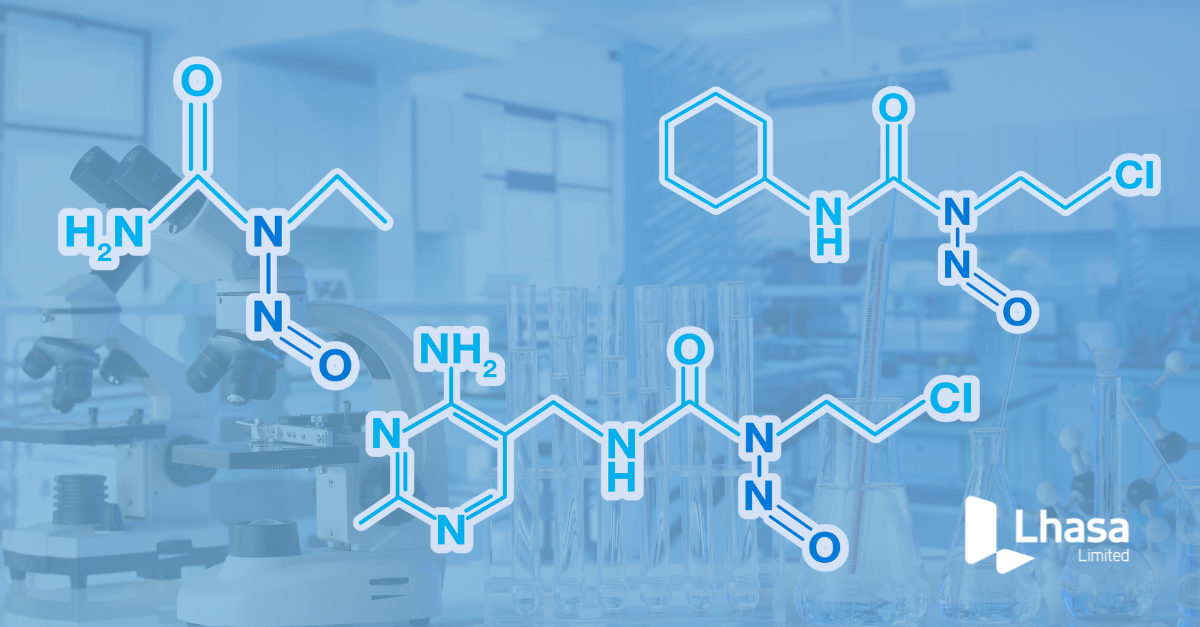Coronaviruses and SARS-CoV-2
Coronaviruses are a large family of viruses which can affect humans or other species and can range anywhere from a mild illness such as the common cold to more severe illnesses such as Severe Acute Respiratory Syndrome (SARS). Coronavirus disease 2019 (COVID-19) is an infectious disease caused by the novel severe acute respiratory syndrome coronavirus 2 (SARS-CoV-2). It is reported that a large proportion of infected individuals are asymptomatic or have mild symptoms, but in those displaying symptoms the disease primarily manifests in a fever, cough, fatigue, shortness of breath, and/or loss of smell and taste [1,2]. The virus was initially identified in China in December 2019 and rapidly progressed into a worldwide pandemic; as of 21st June 2020 there have been over 8.7 million cases and 461K deaths worldwide [3].
As with any novel virus, at the outbreak very little was known and it currently remains that there is no known vaccine or antiviral drug to prevent or treat the disease [4]. The focus until now has been to reduce transmission through strict hand and respiratory hygiene, and social distancing measures. Those infected are treated by management of the symptoms while the body is allowed time to build its own defence mechanism to fight the invading virus [5]. As such, there is an urgent need for therapeutic treatments.
How is the scientific community tackling COVID-19?
Over recent months, the scientific community has made significant progress at a staggering pace. Multiple avenues for both treatment and prevention of the disease are being investigated globally in a concerted effort to combat the disease. Currently there have been promising studies that have identified potential treatment drugs; for example, remdesivir, acalabrutinib (a BTK inhibitor) and dexamethasone [6,7], and there are 10 leading vaccines progressing through human clinical trials [8]. While the aforementioned drugs are showing great potential, these are examples of repurposed, currently marketed drugs. In the meantime, scientists have been working hard to understand the structure of the virus which may aid the design of novel anticoronaviral drugs with increased potency. Unprecedented collaborative efforts within the scientific community are well underway to tackle the disease for the mutual benefit of everyone.
A prime target for therapeutic intervention
As early as January 2020, an initial crystal structure of the SARS-CoV-2 main protease (Mpro) was released by an academic group based in China [9]. The protein is a key component of the virus’ lifecycle, therefore is a prime target for the design of inhibitors as anticoronaviral drugs.
Diamond Light Source, the UK’s national synchrotron science facility, has since published a high-resolution unliganded structure of SARS-CoV-2 (Mpro) [10]. With an empty, solvent accessible active site, this structure is ideal for fragment-based screening to identify small organic molecules that bind to the target, and ultimately guide organic synthesis for high-affinity protein ligands.
The COVID Moonshot project
The COVID Moonshot project combines expertise from academia and industry across the world with the aim to identify effective, easy-to-make anti-COVID drugs that target SARS-CoV-2 Mpro [11]. Computational modelling has been used to design a vast number of compounds (8092 as of 22nd June 2020) that may bind covalently or non-covalently to the target’s active site. Submitted compounds are triaged by PostEra, synthesised by Enamine and tested by groups around the world. To date, initial activity data has been published for 588 compounds, with approximately 8-15% achieving a low-/sub-micromolar IC50.
Lhasa’s involvement in the COVID Moonshot project
Lhasa Limited is delighted to be supporting this initiative in the fight against COVID-19 by assisting with the toxicological assessment of the proposed inhibitors. Rapid toxicity predictions for multiple endpoints have been made by Lhasa’s expert knowledge-based toxicology software, Derek Nexus, using the batch processing functionality. The predictions are being utilised to aid the prioritisation of compounds for synthesis and screening by identifying those which pose a lower risk of toxicological concern. Incorporating in silico toxicity predictions can save time and money by identifying potentially toxic chemicals at an early stage, thereby reducing risk in research and development to expedite the ultimate aim to identify drug compounds with high specificity and no appreciable risk to human health.
We hope to be able to provide some updates on this topic soon.
References
[1] Q&A: Similarities and differences – COVID-19 and influenza, World Health Organization. https://www.who.int/news-room/q-a-detail/q-a-similarities-and-differences-covid-19-and-influenza (accessed 5 Apr 2020)
[2] Symptoms of Coronavirus, Centers for Disease Control and Prevention. https://www.cdc.gov/coronavirus/2019-ncov/symptoms-testing/symptoms.html (accessed 22 June 2020)
[3] Coronavirus disease (COVID-19) Situation Report – 153, World Health Organization. https://www.who.int/docs/default-source/coronaviruse/situation-reports/20200621-covid-19-sitrep-153.pdf?sfvrsn=c896464d_2 (accessed 22 June 2020)
[4] Q&A on coronaviruses (COVID-19), World Health Organization. https://www.who.int/emergencies/diseases/novel-coronavirus-2019/question-and-answers-hub/q-a-detail/q-a-coronaviruses (accessed 22 June 2020)
[5] Treatments for COVID-19: What helps, what doesn’t, and what’s in the pipeline, Harvard University. https://www.health.harvard.edu/diseases-and-conditions/treatments-for-covid-19 (accessed 22 June 2020)
[6] COVID-19 Treatment and Vaccine Tracker, Milken Institute. https://milkeninstitute.org/sites/default/files/2020-04/Covid19%20Tracker%20NEW4-21-20-2.pdf (accessed 22 June 2020)
[7] WHO welcomes preliminary results about dexamethasone use in treating critically ill COVID-19 patients, World Health Organization. https://www.who.int/news-room/detail/16-06-2020-who-welcomes-preliminary-results-about-dexamethasone-use-in-treating-critically-ill-covid-19-patients (accessed 22 June 2020)
[8] COVID-19 vaccine development pipeline gears up, The Lancet (2020) 395, 1751-1752. https://www.thelancet.com/action/showPdf?pii=S0140-6736(20)31252-6 (accessed 22 June 2020)
[9] Jin et al, Structure-based drug design, virtual screening and high-throughput screening rapidly identify antiviral leads targeting COVID-19, bioRxiv 2020.02.26, 964882; doi: https://doi.org/10.1101/2020.02.26.964882
[10] Main protease structure and XChem fragment screen, Diamond. https://www.diamond.ac.uk/covid-19/for-scientists/Main-protease-structure-and-XChem.html (accessed 22 June 2020)
[11] COVID Moonshot, PostEra. https://covid.postera.ai/covid (accessed 22 June 2020)
Last Updated on January 25, 2024 by lhasalimited



